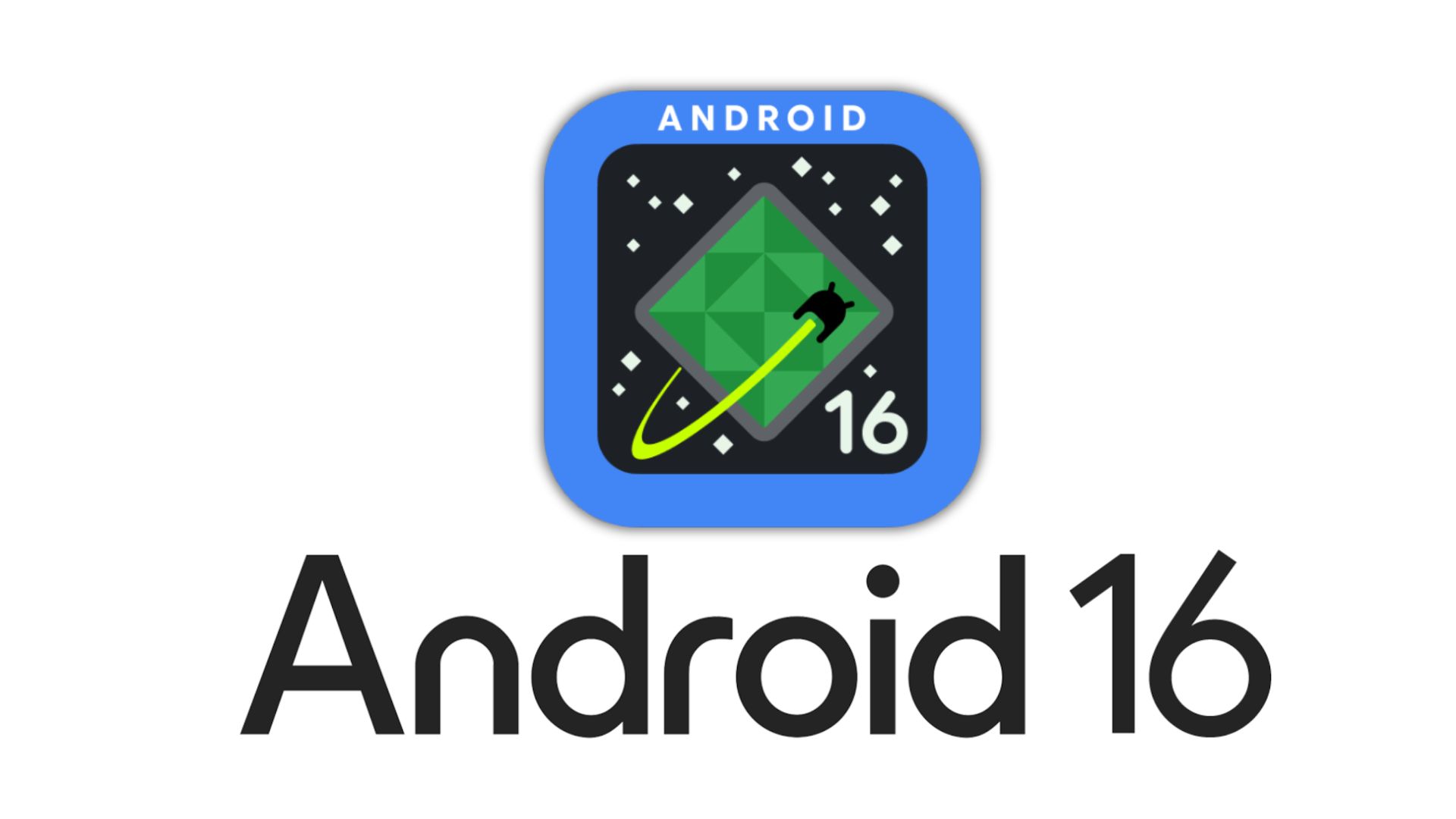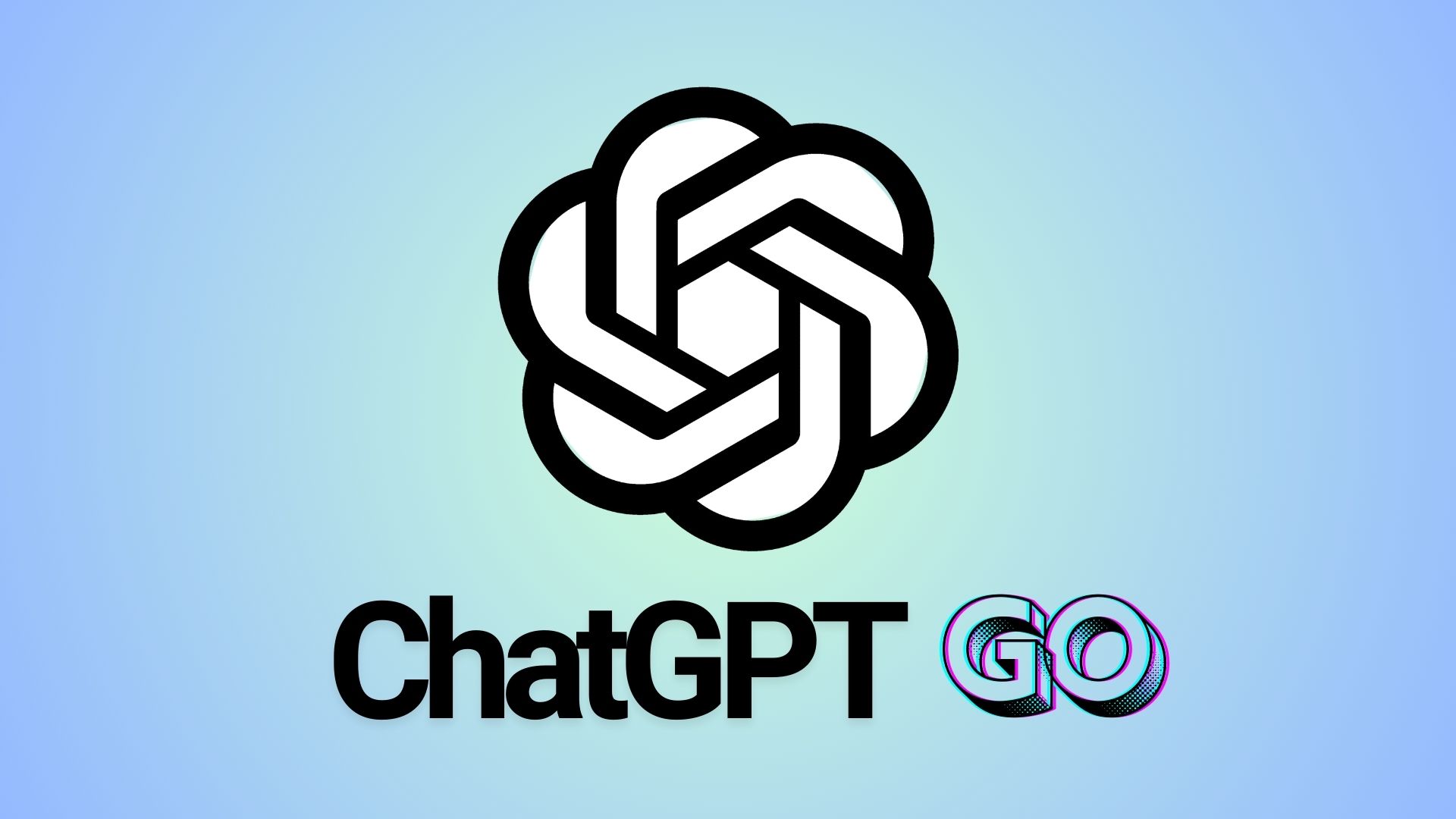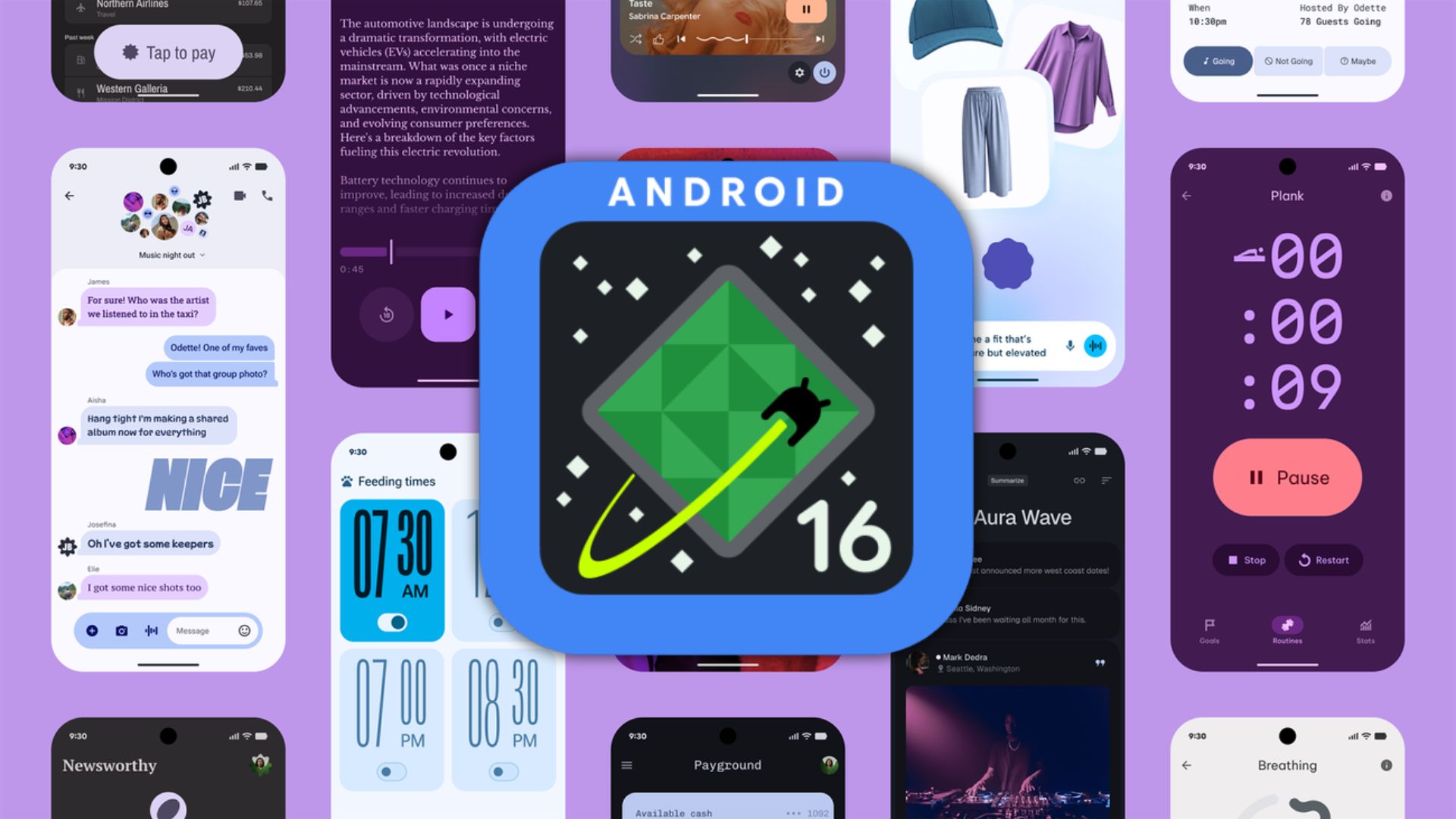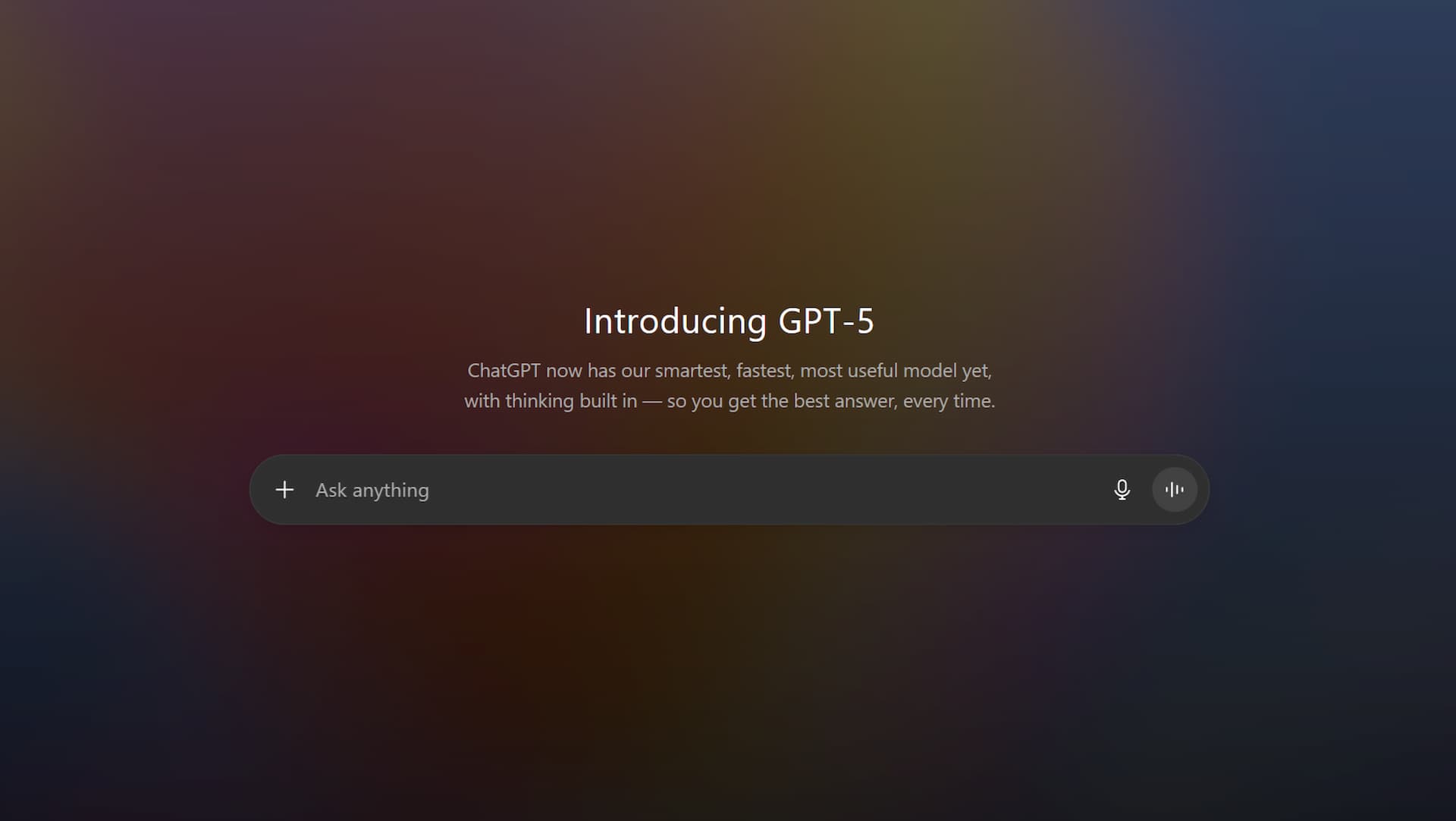Download Android 16 QPR2 Beta 1 Update

Following the Google Pixel 10 series launch event, Google is set to release the second phase of Android 16 beta program concluding the QPR1. Android 16 QPR2 Beta 1 introduces of minor SDK versioning, enables continuous innovation delivery, while adding comprehensive feature across UI, media, connectivity, security, and developer tools create unprecedented opportunities for app enhancement.
This release is committed to developer productivity, user experience excellence, and platform evolution. As the beta program progresses toward the Q4 public release, developers have the opportunity to shape Android’s future through active participation and feedback provision.
The QPR1 Beta has concludes this month and the features will be migrated to stable Android 16 reportedly in September 2025. The stable update will get Material 3 Expressive!
Eligible devices include Pixel 6, 6 Pro, 6a, 7, 7 Pro, 7a, Fold, 8, 8 Pro, 8a, 9, 9 Pro, 9 Pro XL, 9 Pro Fold, 9a, Pixel Tablet series devices*.
What’s new in Android 16 QPR2 Beta 1?
The Android development has shifted with the release of Android 16 QPR2 Beta 1. According to the release notes, QPR2 Beta 1 includes new features and changes to try out with your apps. Details listed below.
UI, System Experience, and Accessibility
- Expanded Dark Theme
- Auto-Themed App Icons
- Interactive Chooser Sessions
- Smoother Android Migrations
- PDF Document Annotation and Editing
- Display Topology API
- Device-aware View Configuration
- Granular Haptic Feedback Control
- Quick Settings Tile Categories
Media & Audio
- IAMF Decoding Support
- Personal Audio Sharing in Output Switcher
- New AAudio APIs
- HDR/SDR Brightness Slider
Connectivity
- Companion Device Management Enhancements
- MediaRouter Network Privacy Improvements
Privacy & Security
- Secure Lock Device
- Phone Theft Protection Toggle
Developer Productivity
- Widget Engagement Metrics
- Early Warnings for 16KB Page Size Compatibility
- Enhanced Profiling
- More Robust Multi-Display Testing
The Dawn of Minor SDK Versioning
The most significant transformation in Android 16 QPR2 lies in its introduction of minor SDK versioning. This shift allows Google to rapidly innovate and deliver new platform APIs outside the conventional annual release cycle, fundamentally changing how developers interact with Android’s evolution.
Unlike major platform releases that often introduce breaking changes requiring extensive app testing, Android 16 QPR2 focuses on additive improvements designed to minimize compatibility concerns. Developers can safely integrate new APIs by utilizing the new SDK_INT_FULL and VERSION_CODES_FULL enumeration system.
if (Build.VERSION.SDK_INT_FULL >= Build.VERSION_CODES_FULL.BAKLAVA_1) {
// Safely implement new QPR2 APIs
}This approach ensures backward compatibility while enabling developers to leverage the latest platform capabilities immediately when available on target devices.
Dark Theme Expansion
Android 16 QPR2 introduces an intelligent dark theme expansion that addresses accessibility and user preference challenges. The new expanded dark theme option automatically inverts the UI of apps that appear light despite users selecting the system-wide dark theme.
The system leverages the app’s isLightTheme attribute to determine inversion necessity. Apps inheriting from standard DayNight themes benefit automatically, while custom implementations require explicit isLightTheme="false" declarations in dark themes to prevent inadvertent inversion.
This accessibility-focused enhancement particularly benefits users with low vision, photosensitivity, or those preferring consistent dark system appearances. However, Google strongly recommends implementing native dark themes for complete brand control and optimal user experiences.
Auto-Themed App Icons: Visual Consistency
The platform now automatically generates themed icons for apps lacking dedicated monochrome versions. Using sophisticated color filtering algorithms, the system renders existing launcher icons in monochrome styles that seamlessly integrate with user-chosen themes.
Developers maintain complete control by including monochrome layers within adaptive icons, with Android Studio providing preview capabilities for themed icon visualization.
Interactive Chooser Sessions: Dynamic Sharing
The new interactive chooser session capability revolutionizes Android’s sharing experience by maintaining full app UI interactivity when the system sharesheet appears. Developers can display custom interfaces, dynamically update content or targets, and programmatically control chooser states through the new ChooserManager and ChooserSession objects.
Seamless Android-to-iOS Data Transfer
Android 16 QPR2 introduces a comprehensive 3rd-party Data Transfer API enabling reliable, secure data migration between Android and iOS devices. Apps can opt into cross-platform transfers by updating data extraction rules XML with new <cross-platform-transfer> tags and implementing custom BackupAgent logic for cross-platform data export and import.
Advanced PDF Document Editing Capabilities
The significantly expanded android.graphics.pdf package now supports comprehensive PDF annotation and editing functionality. The enhanced PdfRenderer.Page class enables developers to:
- Edit Annotations: Add, remove, and update
HighlightAnnotation,StampAnnotation, andFreeTextAnnotationobjects - Manipulate Page Content: Handle
PdfPageImageObject,PdfPagePathObject, andPdfPageTextObjectelements - Query Page Objects: Utilize
getPageObjects()andgetTopPageObjectAtPosition()for precise object identification
These capabilities unlock use cases including form filling, document signing, collaborative review, and interactive study applications.
Display Topology API for Multi-Display Excellence
The new Display Topology API provides comprehensive information about multiple display arrangements, including relative positions and absolute bounds. The Display.isInternal() method distinguishes between built-in and external screens, while TopologyListener registration enables real-time display setup change notifications.
Device-Aware ViewConfiguration
ViewConfiguration values now adapt to individual virtual devices, ensuring apps running on virtual devices utilize configuration values appropriate for device characteristics rather than host device specifications. Developers should migrate from static ViewConfiguration methods to instance-based approaches using ViewConfiguration.get(context).
Granular Haptic Feedback Control
Enhanced haptic feedback APIs allow developers to specify usage through VibrationAttributes (e.g., USAGE_TOUCH), ensuring app vibrations align precisely with user-defined intensity settings across different contexts. The new View.performHapticFeedback(HapticFeedbackRequest) method accepts requests specifying both HapticFeedbackConstant and desired usage parameters.
IAMF Decoding: Spatial Audio Revolution
Android 16 QPR2 introduces software decoding support for Immersive Audio Model and Formats (IAMF), an innovative open-source spatial audio format from Alliance for Open Media. The IAMF decoder supports Opus, PCM, AAC, and FLAC audio within IAMF files, enabling developers to deliver rich, immersive audio experiences.
ExoPlayer automatically utilizes the framework IAMF decoder when available, with the IAMF ExoPlayer Extension providing backward compatibility for legacy implementations.
Personal Audio Sharing Integration
Personal Audio Sharing for Bluetooth Low Energy (LE) Audio devices integrates directly into the system’s Output Switcher, providing intuitive audio management and sharing capabilities to multiple LE Audio devices without requiring existing audio playback code modifications.
High-Performance AAudio Enhancements
The native AAudio library receives significant updates for demanding audio applications:
- Partial Buffer Processing: The new
AAudioStream_partialDataCallbackallows precise frame processing specification, providing flexibility for large data buffer scenarios - PCM Offload over MMAP: Improved power efficiency through
AAUDIO_PERFORMANCE_MODE_POWER_SAVING_OFFLOADEDperformance mode andAAudioStream_flushFromFrameAPI for MMAP offload streams
Companion Device Management Evolution
The Companion Device Manager receives substantial enhancements:
- Custom Device Icons: Apps can provide custom icons for self-managed device associations using
setDeviceIcon()onAssociationRequest.Builder - Association Removal Notifications: The
EVENT_ASSOCIATION_REMOVEDcallback viastartObservingDevicePresencenotifies apps when users “forget” devices - Cross-App Verification: System apps can verify legitimate companion app associations and monitor device presence using
DeviceIdobjects
Advanced Bluetooth and Wi-Fi Capabilities
Bluetooth enhancements include passive scanning through ScanSettings.SCAN_TYPE_PASSIVE, bond loss reason provision via BluetoothDevice.EXTRA_BOND_LOSS_REASON, and direct service UUID retrieval from BLE advertising data using BluetoothDevice.EXTRA_UUID_LE.
Wi-Fi improvements feature updated RTT ranging support with new RttStationRangingParams classes and phone number parsing capabilities through the new PhoneNumberManager for IMS P-Associated-URI header validation.
MediaRouter Network Privacy
The evolving MediaRouter framework supports casting to diverse devices including in-car displays and gym equipment while maintaining privacy-preserving discovery models. The recommended system Output Switcher approach handles sensitive medium discovery without additional app permissions, while custom in-app pickers require NEARBY_DEVICES permission group access.
Secure Lock Device State
A new system-level security state, Secure Lock Device, enables immediate device locking requiring primary PIN, pattern, or password authentication. When active, the system hides lock screen notifications and quick affordances while potentially disabling biometric unlock for heightened security.
Enhanced Biometric Authentication
BiometricPrompt.Builder now supports fallback authentication options through addFallbackOption(), while the KeyInfo class provides isUnlockedDeviceRequired() method for determining device unlock requirements for key usage.
Widget Engagement Analytics
New AppWidgetManager APIs enable developers to query user interaction events within specified time ranges, including clicks, scrolls, and impressions. This data provides valuable insights for widget design optimization and user engagement improvement.
16KB Page Size Preparation
Android now displays alignment warnings on 4KB production devices for debuggable apps installed via ADB, helping developers prepare for future 16KB page-alignment requirements. Non-aligned apps trigger launch dialogs listing specific native libraries requiring fixes.
Advanced Profiling Capabilities
The ProfilingManager adds support for system-initiated profiling triggers, including user-initiated app terminations from Recents screen, Force Stop, or task manager actions. The new ProfilingManager.requestRunningSystemTrace() method enables background trace capture for comprehensive performance analysis.
Enhanced Testing Infrastructure
New UiAutomation APIs support programmatic screenshot capture on non-default displays, while the public AccessibilityWindowInfo.refresh() method ensures accessibility services work with current window information. These capabilities facilitate robust testing for desktop mode and external monitor use cases.
Getting Started with Android 16 QPR2 Beta 1
Device Compatibility and Availability
Android 16 QPR2 is available for a wide range of Pixel devices, including:
- Pixel 6 and 6 Pro
- Pixel 6a
- Pixel 7 and 7 Pro
- Pixel 7a
- Pixel Fold
- Pixel Tablet
- Pixel 8 and 8 Pro
- Pixel 8a
- Pixel 9, 9 Pro, 9 Pro XL, and 9 Pro Fold
- Pixel 9a
Enrollment and Setup
Developers can enroll supported Pixel devices for over-the-air beta updates or utilize 64-bit system images with Android Studio’s Android Emulator. The beta program runs from August 2025 until Q4’s final public release, with Platform Stability targeted for October 2025.
Development Environment
For optimal Android 16 QPR2 development experiences, Google recommends using the latest Android Studio Canary (Narwhal) feature drop. The comprehensive developer website provides SDK tools, system images, emulators, API references, and API diffs throughout the beta cycle.
Download Android 16 QPR2 Beta 1
Users can join the Android 16 QPR2 Beta program by enrolling their eligible Pixel device through Google’s official beta website. Once enrolled, devices automatically receive beta updates, including this latest release.
- New beta testers: Visit Google’s Android Beta Program website to enroll your eligible Pixel device
- Current Android 16 Beta users: You’ll automatically receive QPR1 Beta 3 and future updates as they become available. Vsisit Settings > System Updates.
OTA Download Links
- Apply OTA images — can be installed without data reset and bootloader unlocking
- Factory Image Files (Downloads)
- Android Flash Tool Files (Install)
- Installation Instructions (Install)
- Download Android 16 GSI (Generic System Image)
Important Considerations for Beta Users
For those currently enrolled in the Android 16 Beta program, Google has provided some critical information:
- If you prefer to receive the public stable release of Android 16 instead of continuing with beta updates, you can opt out without wiping your device data—but you must do so before installing QPR2 Beta 1
- If you opt out after installing Beta 1 or future updates, your device data will be wiped according to standard program guidelines
- Opting out will trigger a “Downgrade” OTA update—if you want to wait for the stable release, simply ignore this update
Should You Install the Beta?
While beta releases are exciting for tech enthusiasts and developers, they come with inherent risks. Before installing Android 16 QPR2 Beta 1, consider:
- Beta software may have unexpected bugs affecting daily use
- Some apps might not function properly
- Battery life could be impacted
- Data loss is always a possibility
For developers and those who enjoy testing new features early, the beta provides valuable insights into upcoming Android capabilities. However, if you rely on your Pixel device for critical daily functions, waiting for the stable release might be the safer choice.





